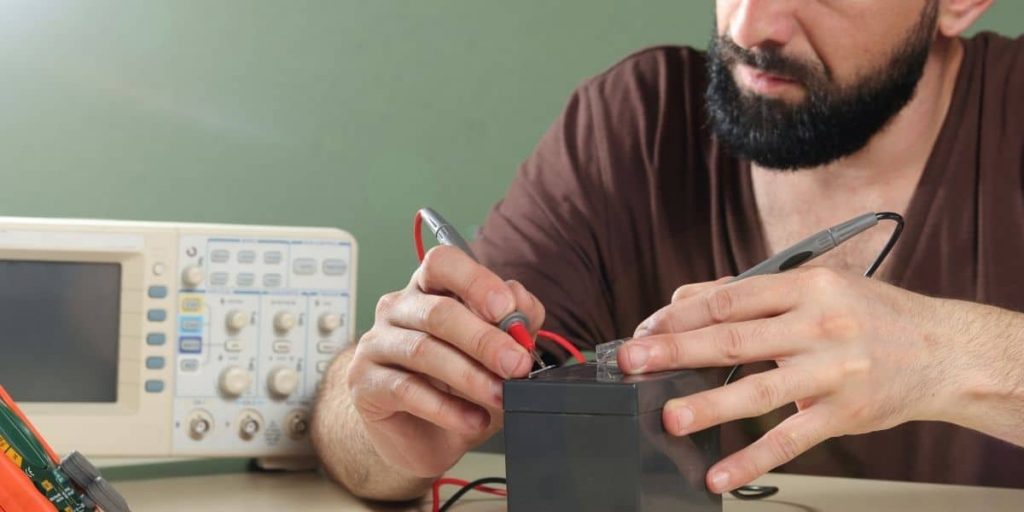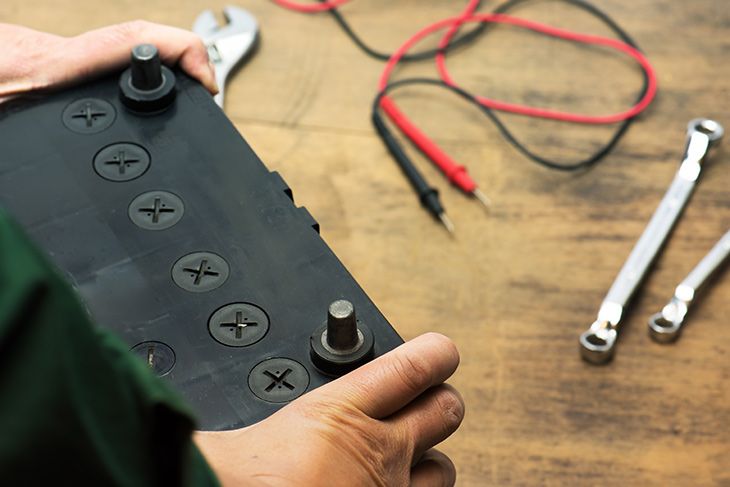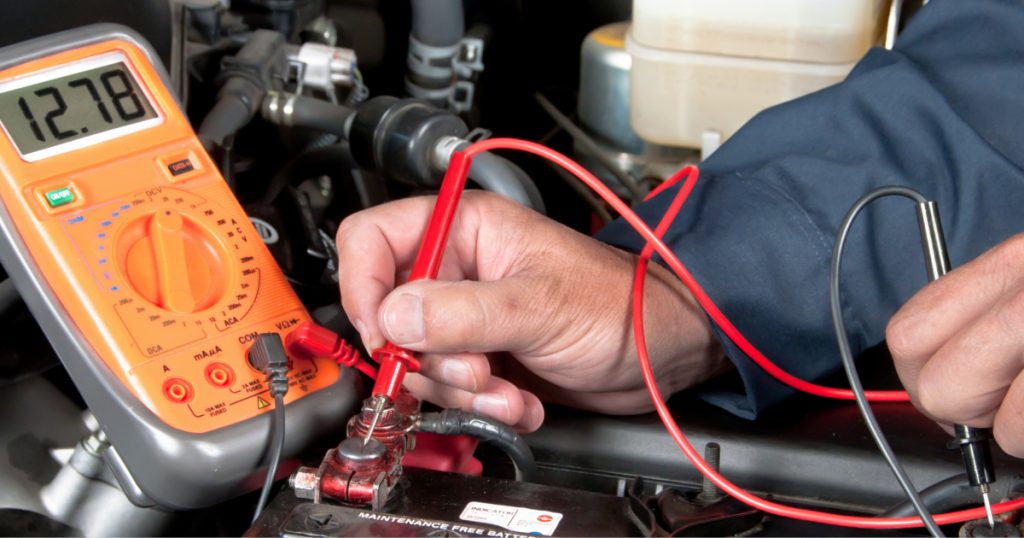Are you facing the problem of bad battery? Don’t know if the deep cycle battery is good or bad? Can’t your deep cycle battery maintain the necessary power? Good! Look no further. We will hear from you. Spaceflight Power come with solutions. So let us clarify your misunderstanding.
Always remember that a battery is not a bottle of water. You need to use half of it now and use the other half later. The battery cannot always be properly balanced because it is not a box of electricity. With this trouble, we are here to discuss how to judge whether the deep cycle battery is broken or not in the simplest 3 steps.

How to test your battery
Here, we have listed 3 simple ways to solve problems at home. Generally speaking, problems are caused by chemical problems. Let us know how to judge whether the deep cycle battery is broken.
Check the battery
This is the first way to judge whether the battery is bad. Just check the battery. Take a good look, check some things–
• Cracked or cracked plastic
• Damaged terminal
• Excessive leakage
• Shell expansion or impact
• Discoloration
If you check these things, your battery is a bit in poor condition. This damaged terminal is dangerous because it can cause a short circuit. If so, you will observe some signs of burning or melting. During the short circuit, all power will be quickly unloaded. Therefore, it generates a lot of heat and often ruptures the battery.
The case swells or bumps due to overcharging of the battery. The result of improper handling is due to the physical opening of the case. Generally speaking, if there are small cracks, holes and cracks, the deep cycle battery can still work. However, if you are worried about your safety, please make sure that your battery can be used stably.
If you have a wet battery, maintaining the water level is important. If the water-filled batteries are low, you can immediately refill them with distilled water. But long-term drying can cause big problems.
Sulfation is caused by the exposure of oxygen to the cell plate. Do you know? When did you know that your battery is broken? Sulfation is the first sign of early battery failure, and we should stay concerned.
Do not charge dry batteries. It will cause burning. When you find that the battery has enough liquid, but the color turns brown or black, this is the second sign of battery failure.
If one battery is damaged, the entire battery will stop working. It’s time to replace the battery.

Read voltage
You can easily infer the state of charge by observing the voltage of the battery. Here, I will discuss a short table of breakdown based on the state of charge and voltage.
If your battery-
| State of Charge | Voltage |
| 100% | 12.7-13.2 |
| 75% | 12.4 |
| 50% | 12.2 |
| 25% | 12.0 |
| Discharged | 0-11.9 |
● There is voltage 0, there is a possibility of short circuit
● If the voltage cannot reach above 10.5 during charging, it is a dead battery.
● Sulfated when fully charged, but the voltage is below 12.4.
If the battery is discharged, sulfation of natural by-products will occur. What is the solution? Charge the battery. Charging restores the battery to electrolyte by reversing the sulfated crystals. The deep cycle battery can then be ready to supply power again. If your battery is not charged for a long time, the sulfation will increase severely and stick to the battery plate. Increased sulfation surrounds the surface of the board; therefore it cannot generate electricity. Eliminate chemicals again and generate power.
Sulfated batteries cannot be fully charged. Charging a sulfated battery is useless because it can be maintained. Charging alone cannot keep the battery in a healthy state. For this, you must replace the battery as soon as possible.
Deep Cycle Battery load test
For load testing, you can go to your local car shop, where you will find the necessary equipment to check. But you can only use a digital voltmeter to test your own voltmeter at home. Remember-before the load test, the battery must be fully charged; only after fully charged, you can check it. Talk about how to test the load of the deep cycle battery at home.
First, remove the battery from the seat. Then, check the battery terminals. When you want to start the bicycle, never remove it.
Then keep the pins of the digital voltmeter on the correct terminals of the battery.
After that, press the start button to observe the voltage. Then, check the voltage reading correctly.
If you notice that your battery voltage drops to 0, this is a major problem. Usually, it is called an open cell. In fact, a good 12-volt motor battery can provide 9.5 to 10.5 volts for a 30-second load. Unfortunately, the voltage will also drop due to the accumulation of sulfate crystals. Due to the intense heat of the load, the welding parts connected to the deep cycle battery become loose and separated.
Therefore, it cut off the power supply and the voltage dropped. It is best to cool the battery immediately. It can provide you with the initial connection. An open-circuit battery cannot produce proper connection power. It often displays erroneous voltage readings. Load testing helps in this regard. Look no further. If your battery voltage continues to drop, it is time to replace the battery.
I think now you know very well how to judge whether the battery is broken. I hope these 3 methods can help you to check and determine if there are any faults in the battery.

Conclusion:
Last but not least, a bad deep cycle battery is worthless. Any defect in the battery can cause a lot of damage. Batteries are called the lifeblood of vehicles. Therefore, keeping the battery in a healthy state is essential.
In this article, we discussed how to judge whether a deep cycle battery is broken. First, you must solve your problem through these 3 simpler steps. If you notice any of the above symptoms, you should replace the battery immediately to avoid malfunction.

